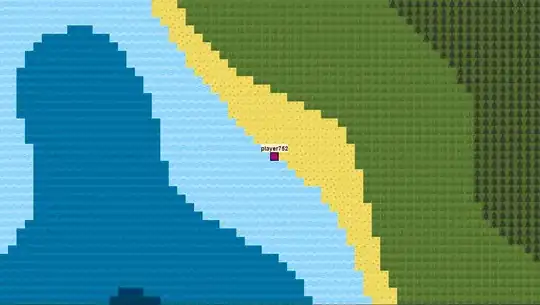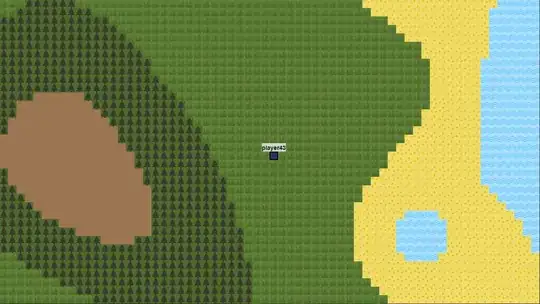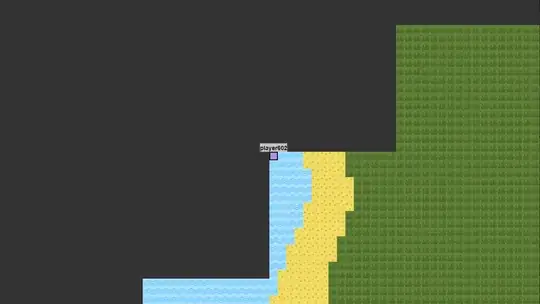The problem is unsolvable as asked. You may end up generating a river which the player traces back to the top of a minor hill in the middle of a desert.
There are a few alternatives that can make this work:
LOD and physics:
You can sub- and super- sample perlin noise in order to create multi-resolution maps. If your tiles there are 1 tile per 1meter, you can create the entire map at a more manageable level, say 1 tile per 1km, calculate realistic spring points and a rough river path, and then subdivide down, to say 1 tile per 100m - at that level you know where the river flows to an accuracy of within 10 tiles, work out where the river flows along that path, and then where the river flows through those smaller tiles recursively, etc, until you arrive at your full detail level.
It's better to precalcualte this and store it, if possible. You can still run this on-demand, but it's not trivial to code.
LOD and 1D perlin
As above, on your low resolution map, find the high point where a spring would come from, find the closest sea level point, draw a straight line. Now use 1D perlin noise to make the river wind perpendicular to the line.
This is much easier to code - it can have some unrealistic artefacts, but for a 2D tile game like this you're unlikely to notice them.
Fake it
Have 2 styles of rivers. One going "uphill", one going "downhill". Create tiles to show the river coming from a spring and forming in to a full river, and one showing a full river draining into a small below ground feature.
If the perlin noise value for a coastal area is a very precise value, then it spawns an "uphill" river. This travels to the highest edge point in the tile which doesn't border an explored tile, which then when the next tile loads, goes to the next highest point. If it detects it's gone to a local max (there's no higher point) or all neighbouring tiles were already explored, backtrack to about the middle, put a tile which shows the river coming out of a cave or spring or something else below ground, so the user doesn't see the river starting from the top of a small hill.
If the perlin noise value for a mountain is a very precise value, then it spawns a "downhill" river, follow to the lowest other border of an unexplored tile, and if it gets to a local minimum, or a chunk with no unexplored neighbours, put a tile in which shows the river disappearing below ground.
This is usually good enough for a tile based 2D game.
2 (or more) perlin channels
Currently you're running the perlin generator once per tile, to give a single value. I'd suggest run it multiple times per tile (with different seeds of course, and usually different scaling factors). The use those multiple values to populate the tiles, instead of just one;
This can help break the expectation that beech is next to plains, plains is usually next to forest, forest is usually next to mountains, etc.
If you run it twice - I'd suggest humidity and elevation. If you run it 3 times, I'd suggest feature size (sand / rock, ice / snow, or baren -> grassland -> scrub -> trees), humidity (desert -> fertile -> river -> swamp), and elevation (water -> plains -> hills -> mountains). 4 times maybe would include a temperature too.
Rather than focus on running your river "downhill", try to run it where the humidity is within a particular contour range. While the river wont "realistically" flow downhill, in a tile game like what you're showing elevation is obscured, you're better off ensuring that trees grow near rivers, rivers aren't bordered by desert, and the land near rivers is fertile farmland.


